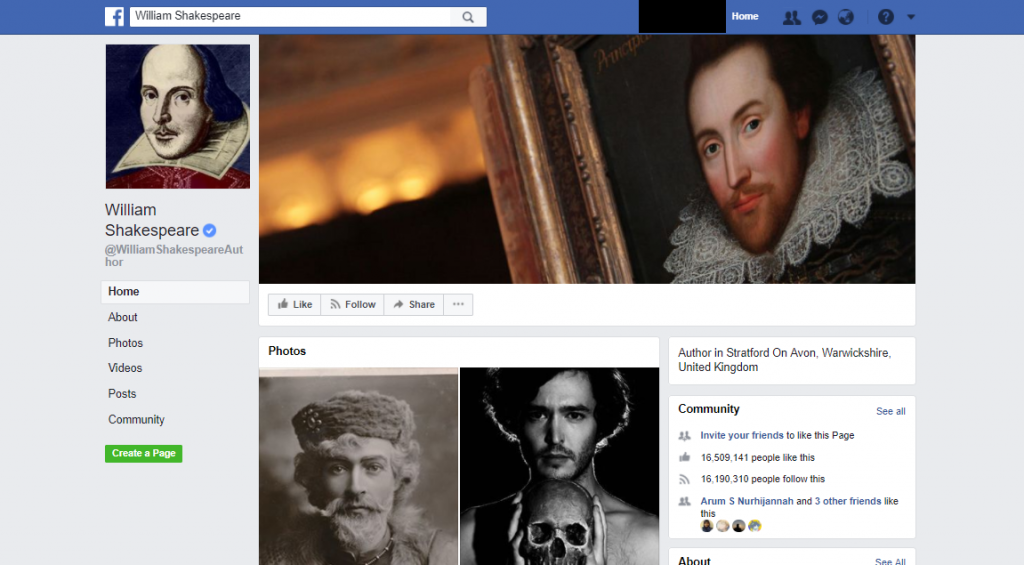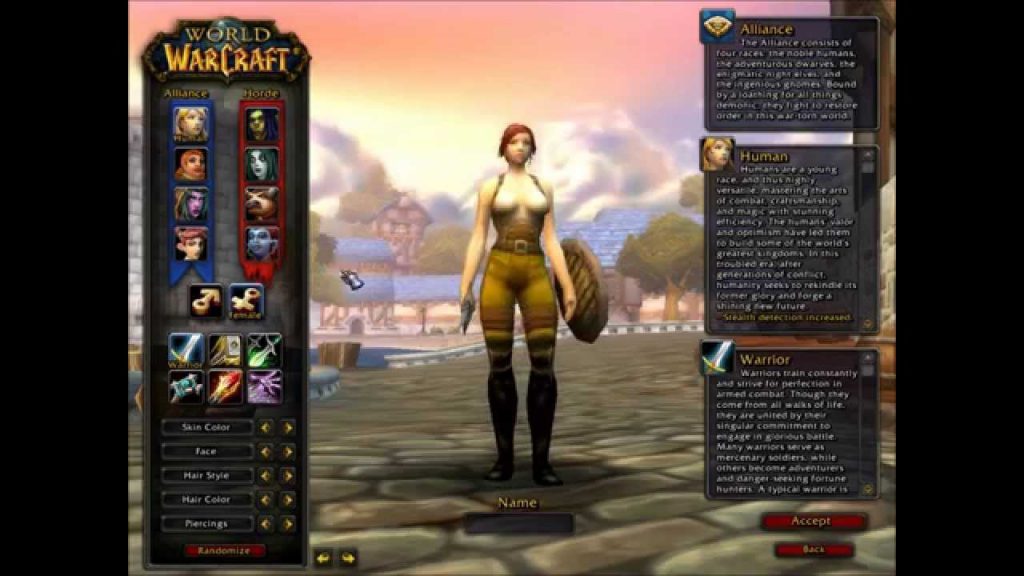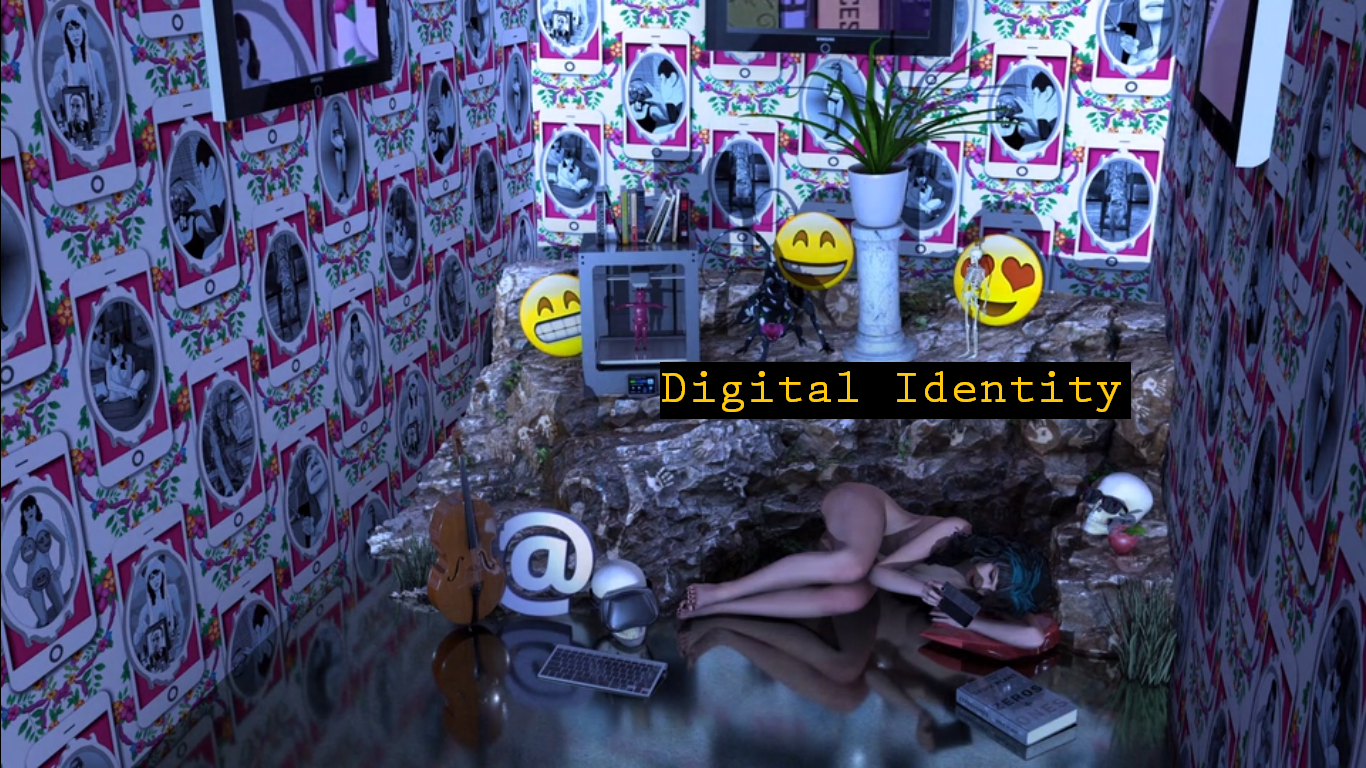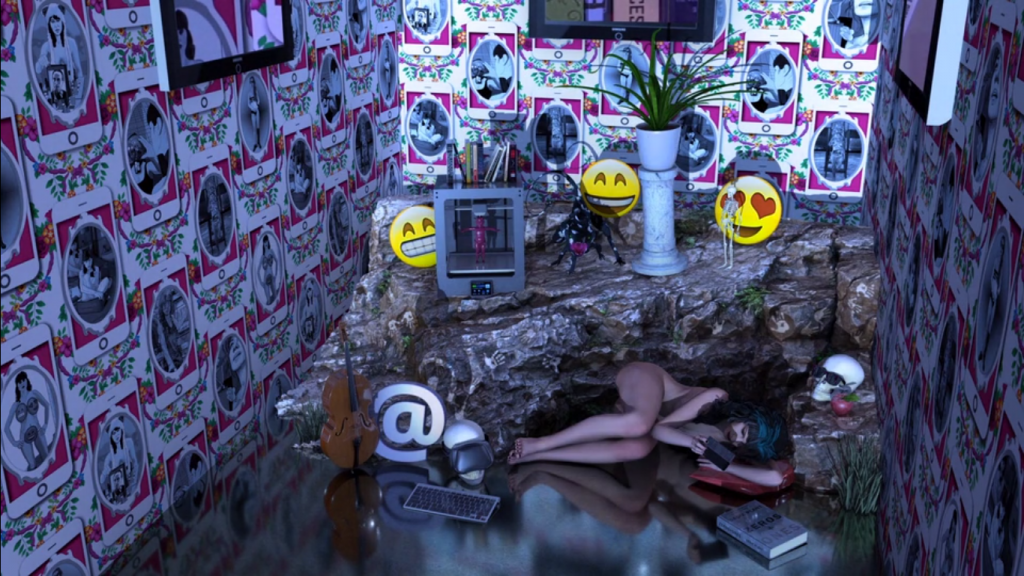|| The term Digital Identity refers to the way that an individual chooses to present and depict themselves in online and digital communities (the Third Space). An individual’s digital identity is largely curated by themselves in order to portray themselves in a favourable manner.
In Eric Erikson’s fifth stage of psychosocial development individuals start to question their identity and personal values starting from adolescence, and henceforth embark on a life-long journey to resolve their ‘identity crisis’. The Internet allows individuals to experiment with self-identification in a virtual space, serving as a tool or platform for individuals to satisfy their innate curiosity. [1]
In his article in “Facebook and Philosophy”, Wittkower suggests similarly that:
“Facebook gives us the same richness of interaction because it, too, fails to determine the meaning of our relationships and communications.”
In other words, the customisability of online social media platforms gives people space for creativity to invent new meanings out of any content posted, thus creating new content identifiable with the self. All the seemingly meaningless things that we post onto our profiles contribute to our digital identity and shape this indefinitely aberrating form in different ways. [2] We are able to put up whatever we want to define ourselves, even if it is an idealised image.

The absence of a social context also liberates us from shaping our output such that it conforms to a particular social situation; this gives us freedom to post whatever we want, whenever we want online.
In Carla Gannis’ solo exhibition “Until the End of the World”, she explores technology as a medium to depict herself in a virtual context as a character model. [3]
“Gannis’s process the work should be understood as a conscious interplay between portraitist, portrait and the camera itself. “
With the use of augmented reality in a virtual space, the possibilities for depicting the self visually are endless. This contrasts the mundanity of the image of self in real life in the sense that we are not able to portray what goes on in our minds, as part of our identity in totality. Others are only able to perceive what they see of you.
The idea of using the Internet as a tool to better express ourselves is also evident in the gaming realm, where the virtual re-embodiment of players through self-extension and self-aggregation allow them to build a whole new identity that is idealised, yet closely related to who they are in real life. [4]

In conclusion, we utilise the Internet as a platform to explore the idea of self. Even though our potrayal of self online may be idealised, there is, to a certain extent, an inherent undeniable truth about who we are in real life, echoing the idea of how technology is an extension of ourselves in an online “global village” (McLuhan).
Resources:
[1] Images, Self-Images, and Idealized Identities in the Digital Networked World: Reconfigurations of Family Photography in a Web-Based Mode by Luc Pauwels (Universiteit Antwerpen, Belgium).
Pauwels, Luc. “Images, Self-Images, and Idealized Identities in the Digital Networked World: Reconfigurations of Family Photography in a Web-Based Mode.” In Digital Identity and Social Media, ed. Steven Warburton and Stylianos Hatzipanagos, 133-147 (2013), accessed March 04, 2018. doi:10.4018/978-1-4666-1915-9.ch010
[2] Wittkower, D. E. (2010). “Facebook and Philosophy: What’s on your Mind? A Reply to Facebook Critics,” Popular Culture & Philosophy
[3] Until the End of the World, Carla Gannis. http://carlagannis.com/blog/prints/until-the-end-of-the-world/
[4] Online identity construction: How gamers redefine their identity in experiential communities.
PINTO, DIEGO COSTA, et al. “Online identity construction: How gamers redefine their identity in experiential communities.” Journal Of Consumer Behaviour 14, no. 6 (November 2015): 399-409. Business Source Complete, EBSCOhost (accessed March 4, 2018).
[5] McLuhan, Marshall. Understanding Media: The Extensions of Man. Cambridge, MA: MIT Press, 1964.



I thought your initial overview of digital identity was excellent and very well expressed. I was particularly impressed with your understanding of Wittkower’s comment about how we insert meaning into our online social media transactions, leaving the medium open to interpretation and self-expression. Excellent! I would have like to see you apply these very astute ideas with Carla Gannis’ “Until the End of the World” project. Doesn’t she also take freedom to express imaginatively how she depicts her digital identity as it evolves 10,000 years into the future? The video she created is very important to this understanding. Everything in your research critique is extremely well done, it’s just a matter of putting more emphasis and supporting ideas towards the artwork by Carla Ganneis that is central to the research critique.